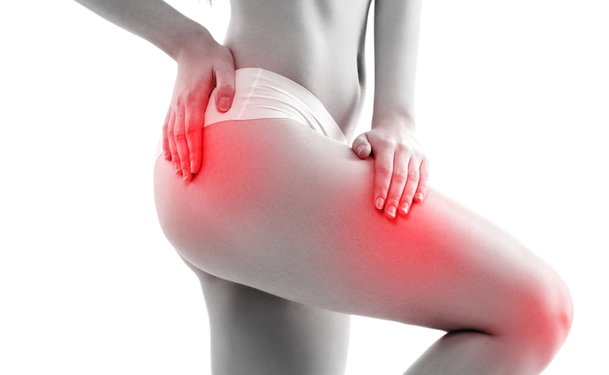Cellulitis is a skin infection that involves bacterial contamination and subsequent colonization of the skin. Unlike impetigo, which only involves the superficial epidermis, cellulitis involves the deeper dermal layer and subcutaneous tissues. If the infection is severe enough, it could lead to systemic symptoms. Bacteria that can cause cellulitis include staphylococcus, group A streptococcus, Hemophilus influenzae, Pseudomonas aeruginosa and Clostridium. The most common causes are streptococci and staphylococci, because these are naturally found in the skin. It is easy for them to invade the underlying tissue particularly when there is a break in the skin. This break may be due to a bite, puncture or cut. The rest of the causative organisms are less common, but may cause more severe cellulitis.
Symptoms of cellulitis depend on whether the infection is limited to the skin (local skin symptoms) or has spread to the other parts of the body (systemic symptoms). Local symptoms indicate a milder disease, whereas systemic symptoms indicate a more severe infection. In any case, if you have these symptoms, it would be best to seek medical attention immediately.
Local Skin Symptoms
Cellulitis has inflammatory symptoms. Therefore, local skin symptoms are characterized by the cardinal signs of inflammation: rubor (Latin for redness), calor (Latin for heat), dolor (Latin for pain), tumor (Latin) for swelling and functio laesa (Latin for loss of function). These signs are due to the body’s mechanisms of trying to get rid of the invading bacteria. For instance, redness is due to augmented blood flow, heat and pain is due to the released of prostaglandins, and swelling is due to leakage of plasma and white blood cells from the blood vessels. Of course, functio laesa has multiple causes, but it may be secondary to the other signs of inflammation.
If you have cellulitis on your legs, arms or face, then these local symptoms would be limited to those particular areas. In children, these local symptoms of cellulitis are often manifested on their face or on their anal area. When there is extension of the redness or when the symptoms begin to affect larger areas of the body, seek consult immediately.
Systemic Symptoms
If you let cellulitis take its course without treatment or if you have a weak immune system, you could manifest with systemic symptoms. These symptoms include fevers, chills, fatigue, muscle aches, and lymph node enlargement and tenderness. Other symptoms include having large blisters and scabbing.
To know whether you have enlarged and tender lymph nodes, palpate the lymph nodes draining the affected area. For instance, if the infected area is your right leg, you could feel for enlargement and tenderness of the lymph nodes along your right groin. If the infected area were your left arm, the lymph nodes in your left axilla or armpit would be enlarged and painful. If the infected area were your face, the enlarged and painful lymph nodes would be located under your jaw, which could make swallowing and chewing painful.
When you have these systemic symptoms, do not delay your trip to the doctor. Get treatment and be freed from complications (sepsis, osteomyelitis and meningitis) of cellulitis.



